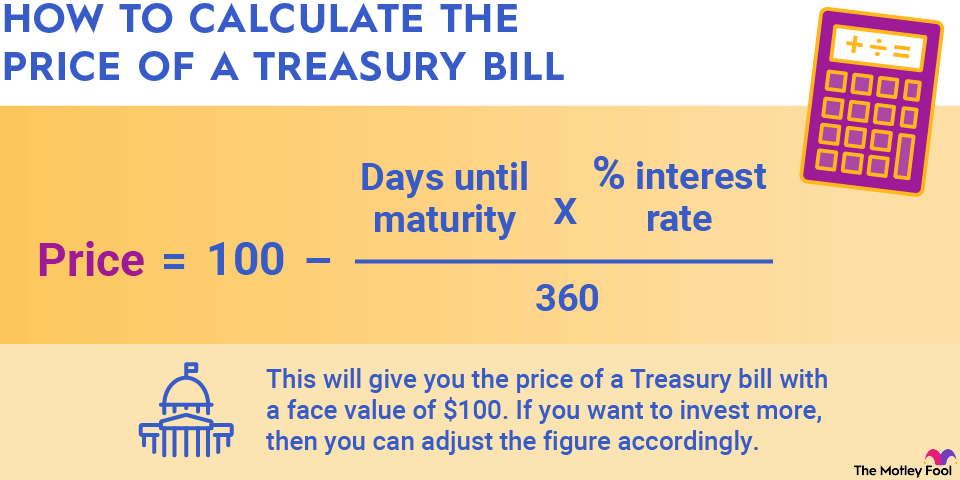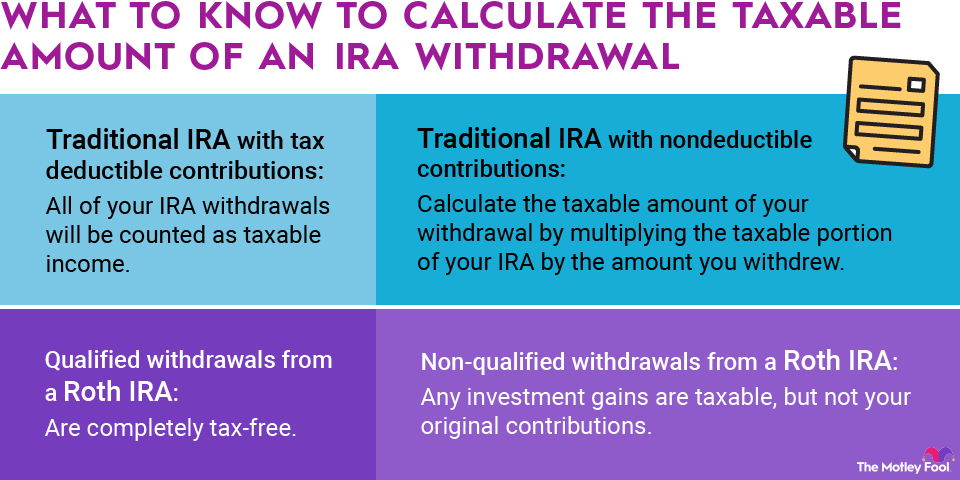Every home seller dreams of closing the sale quickly and getting a final price that's at least as high as the asking price. Conversely, a home buyer wants to negotiate the figure down as far below the asking price as possible.
In numerical terms, a seller wants a sale-to-asking price ratio of something like 105%, while a buyer prefers a ratio closer to 90%.

Exactly where the two parties meet on that spectrum depends on many variables, the biggest being overall market conditions. Recently, buyers have held good leverage in these negotiations: On average, they bought homes for 99.4% of the asking price as of May 1, 2024, according to Redfin.
So, how do you calculate that ratio of selling price to asking price?
The calculation
Figuring out this ratio, also known as the sale-to-list ratio, is a simple three-step process:
- Divide the selling price by the asking price.
- Multiply the result by 100 to make it a percentage.
Selling Price / Asking Price x 100 = sale-to-asking price ratio
For example, let's say the selling price is $289,000, the median selling price for a new home in the U.S. in December 2015. Meanwhile, the seller originally listed the home for $300,000. The calculation to figure out the sale-to-list ratio looks like this:
$289,000/$300,000 = 0.963
0.963 x 100 = 96.3%.
In this case, the sale-to-list ratio is 96.3%.
Why it matters
That number indicates that the buyer held more leverage than the seller in this situation. If that weren't the case -- for example, multiple potential buyers had bid on the property -- it's likely that the sale price would have landed at or above the asking price. That scenario would have yielded a ratio of 100% or higher.
The ratio of selling price to asking price is a useful metric not only in home sales but in any situation where value is determined by negotiations between buyers and sellers. How far the ratio deviates from 100% -- and in what direction -- tells you important information about the motivations of the two parties and the market dynamics surrounding their agreed-upon sale.


















